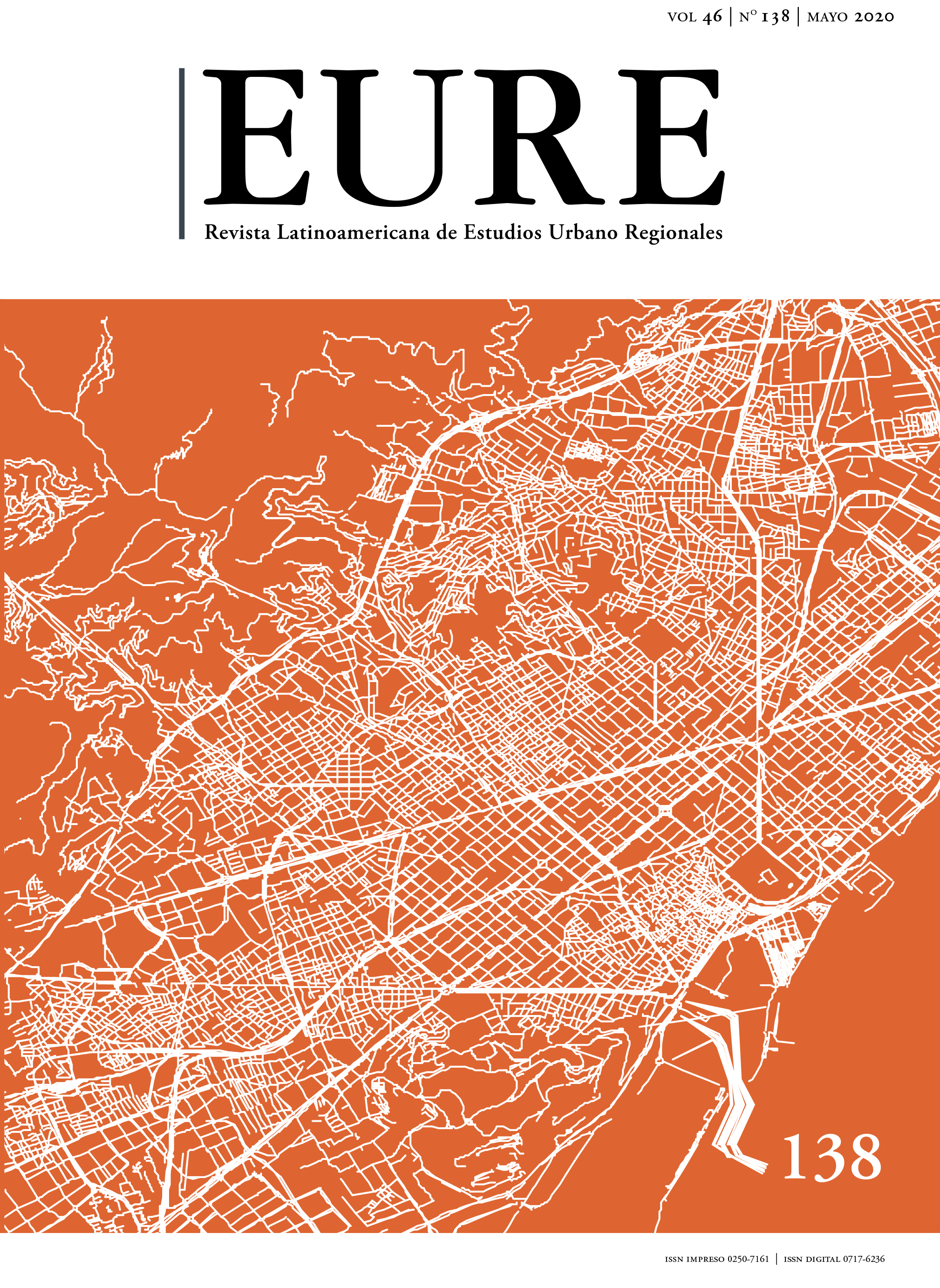Light Pollution as an Approach to the Urban Planning of Mexican Cities
DOI:
https://doi.org/10.4067/S0250-71612020000200155Keywords:
urban planning, regional effect city-environment, light pollutionAbstract
In Mexico, there is a growing concern for the care of the environment based on criteria of human health and preservation of organisms that inhabit the territory. This statement can be exemplified by the regulations on air, noise, water and soil. However, little has been done to regulate artificial lighting from the environment, given that the increase in use of nocturnal artificial light has negative consequences on the biological processes of organisms that are bared to overexposure. Considering that artificial lighting is related to population growth and urbanization, this document relates this phenomenon in the local space and emphasizes the importance of establishing lighting planning considering local parameters. For this, we conduct a geographical analysis of cities in Mexico, from the needs of protection of biodiversity that are presented in them, from the Protected Natural Areas.Downloads
Published
How to Cite
Issue
Section
License
Copyright (c) 2020 Revista EURE - Revista de Estudios Urbano Regionales

This work is licensed under a Creative Commons Attribution 4.0 International License.
Al momento de aceptar la publicación de sus artículos, los autores deberán formalizar la cesión de derechos de autor a EURE, según las condiciones establecidas por la Revista.
Ésta establece que el autor autoriza a EURE de manera gratuita, exclusiva e ilimitada a reproducir, editar, publicar, distribuir, publicitar, comercializar y traducir el artículo, a cualquier soporte conocido o por conocer y desarrollar.
Del mismo modo, los autores aseguran que el artículo propuesto es original, no publicado y no propuesto para tal fin a otro medio de difusión.


